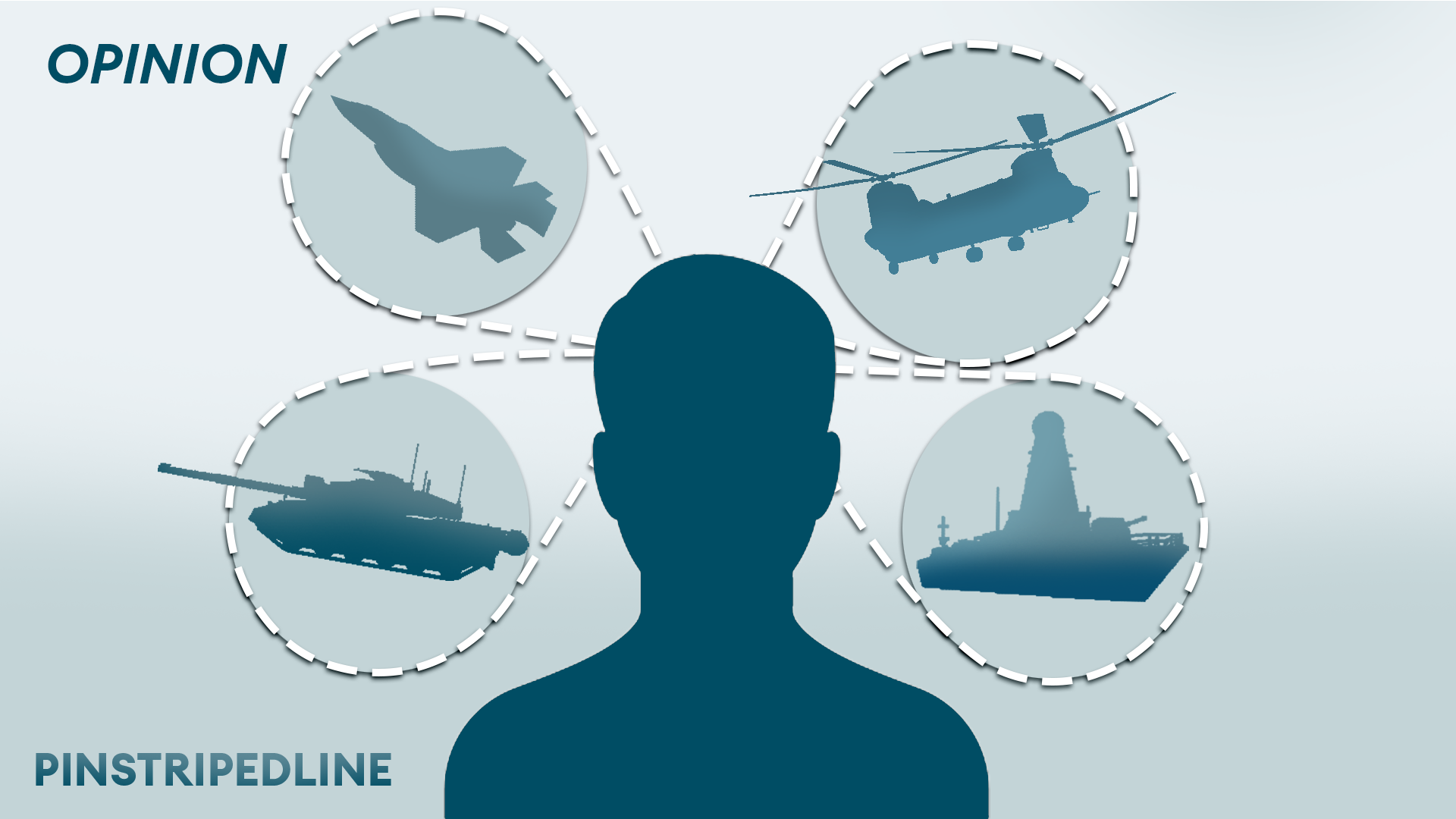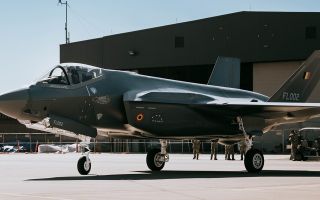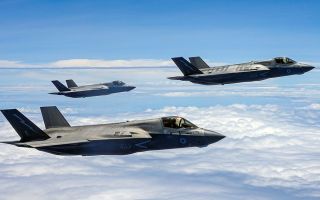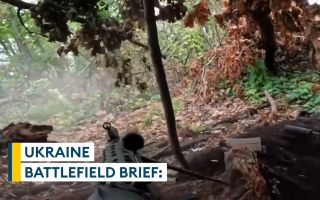
National Security Strategy report: A time of increased global instability

The British Government has published the National Security Strategy, which sets out the range of security threats facing the UK and how the Government intends to tackle them.
This is different to the Strategic Defence Review, issued at the beginning of June, as it represents the whole of government approach to security, setting out how everything will work together, not just the MOD.
Why is it important, though, and what are the standout findings of the report?
These documents matter because they provide a clear explanation to the public about how the Government sees the global security situation, the likely threats to national security and what it thinks that it needs to do about this.
This in turn will drive decisions on what services and equipment to fund and what needs less attention, or can be cut.
The key finding for the document is that the UK faces a period of unprecedented international instability.
Since the end of the Cold War, security assumptions have been made on the notion that there are few threats to homeland security, mostly linked to terrorism and extremists.
Today the new assumption is that we face a return to a world where states will be increasingly likely to use force to protect their national interests and that the rules based international system is declining.
Preparing for a dangerous era
What this means is that we need to be ready for an era where other nations are increasingly assertive in using military power overtly to pursue their interests.
We also need to accept that nations are more willing to break international rules to do this – for example, the Russian invasion of Ukraine.
This makes the world far more unstable and unpredictable as nations can no longer be certain that they are safe.
The review also notes that there are wider issues like climate change that, in turn, are causing instability, competition for resources, mass migration and economic disruption.
All of these can drive security challenges ranging from organised crime, illegal immigration and energy conflict through to state-on-state war.
Is technology helpful, or a potential hazard?
The world is getting less stable and secure and the basics of the international system are struggling to keep up.
At the same time, we're seeing a huge increase in technological advances, like AI or quantum computing, which could potentially help solve many challenges but need careful regulation to avoid them posing security risks.
There is a risk that new technology can create threats like hypersonic missiles or drones that could be used to target the homeland, causing chaos at short notice.
This could be made even worse given our enormous reliance on the use of undersea cables for data and internet traffic – were these to be severed or damaged, the impact on our economy would be catastrophic.
The National Security Secretariat (NSS) paints a surprisingly bleak future picture of a world of security challenges and threats, but it also points to a clear vision of what the UK should be doing about this and, in turn, how the Armed Forces fit into this goal.
Ensuring national security
To ensure the security of the UK, three broad themes need to be addressed – namely, the security of the homeland, improving wider security abroad where it is in our interests to do so, and working to build our technological advantage.
Securing the homeland is about making the UK a resilient hard target against a range of threats.
Not all of these are issues that the Armed Forces can, or should, deal with.
The strategy talks about the need to tackle threats posed by organised crime gangs, online safety and making the UK a harder environment for hostile states' intelligence assets to work in.
The main area that the Armed Forces will be involved in is likely to be around the physical protection of the homeland.
Protecting key sites
This is likely to mean increased effort spent on protecting undersea cables from Russian underwater interference or sabotage.
It will also mean a renewed focus on protecting key sites, for example, renewing the concept of 'Key Points', last seen during the Cold War, that are elements of Critical National Infrastructure (CNI) and protecting them accordingly.
For example, there will be future annual exercises designed to incorporate the reserves and others to provide homeland defence to key sites, much like was done in the 1980s (for example, Exercise Brave Defender).
This represents the first time in nearly 40 years that the military has been seen by government to have a critical role in the security of CNI.
The next part of the strategy focuses on strengthening international links.
It makes clear that the UK sees Nato as central to its future security posture and that all defence planning will focus on this as its main priority.
Shifting priorities
This is a big change from post-Cold War reviews that recognised Nato's importance, but played this off against wider commitments outside of Europe.
Now it is clear that for the Armed Forces, the main focus of their effort is to get ready for operations in Nato, supporting alliance partners in Europe to defend themselves against Russian aggression.
This means the Royal Navy and RAF will focus on defending the Atlantic Bastion to detect and track Russian submarines and warships and prevent them posing a threat to UK interests, such as the Royal Navy ballistic missile submarine on patrol, or undersea cables.
The RAF will also focus on providing quick reaction alert aircraft in the UK and Nato states in Europe to intercept Russian aircraft and enhance air defence.
Meanwhile, the key focus for the Army will be the defence of Europe, being ready to deploy to reinforce partners threatened by Russia.
Focus on Nato
The British Armed Forces are likely to spend far more time in the Nato region, supporting exercises and operations, than 'out of area' deployments.
Trips like Operation Highmast (the 2025 Royal Navy carrier deployment to the Indo-Pacific) will continue, but be less regular than now.
It is likely that fewer exercises, trips and operations will be carried out beyond the Nato area, to focus resources on deterring Russia.
This does not mean that the UK will withdraw from global operations – the strategy is clear that the UK will continue to build international partnerships globally and it highlights links like the Aukus alliance or the relationships with Japan and South Korea as being critically important.
But increasingly, these relationships will be built via technological cooperation and research as much as military links.
This reflects the third priority of the strategy, which is about securing our long-term technological advantage.
Investment in defence
The strategy calls for investment in the UK defence industry, helping secure its long-term stability to produce munitions and be able to develop the next generation of equipment.
Under the strategy, the UK is going to focus a lot of effort on developing new technology that will give it a strategic advantage in conflict, recognising that our military will be ever smaller, but equally can be increasingly lethal compared to other peer rivals.
Central to this will be cooperation in areas like the Global Combat Air Programme Tempest project between the UK, Italy and Japan, developing the next generation of fighter jets.
It will also be in the development of the SSN Aukus, the joint UK/ Australian nuclear submarine design that will enter service from the late 2030s onwards, the first ever internationally-designed nuclear attack submarine.
Overall, the National Security Strategy matters for the Armed Forces because it sets out the bigger strategic direction of engagement for years to come.
The strategy is well worth reading to understand what the Government thinks the threats to the nation are and what it proposes to do about them.
It matters because it highlights that the security of the UK relies on more than just the Armed Forces, but also that they are central to delivering so much of the aspiration in it.
The future looks increasingly volatile and uncertain, and the military will be central in defending the UK, both at home and more widely – but they'll do this as one of many different state levers rather than in isolation.
@PinstripedLine is an esteemed defence and security blogger, providing expert insight and analysis.







